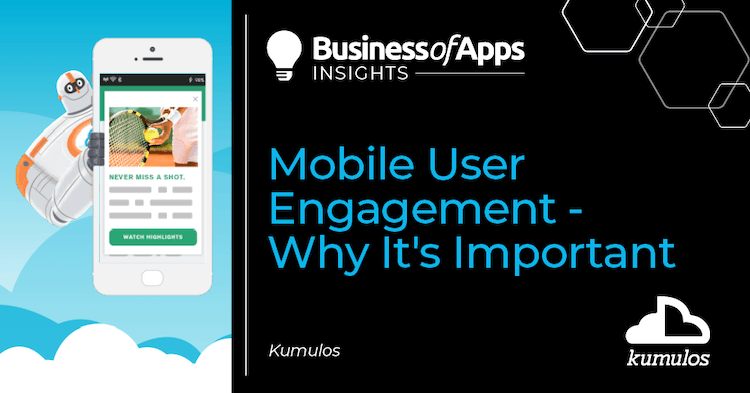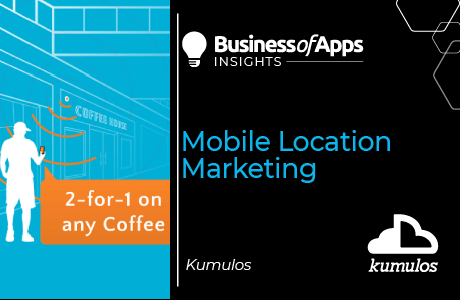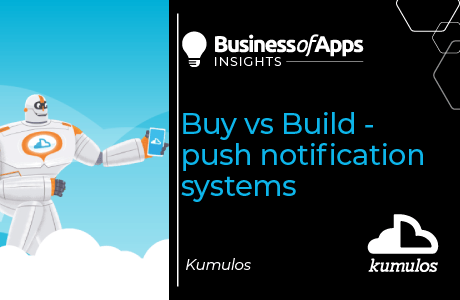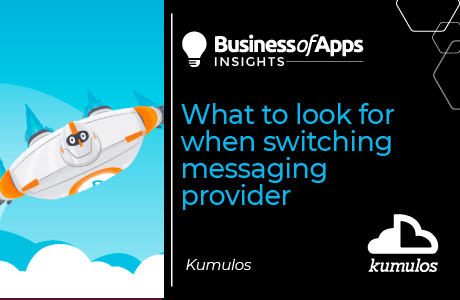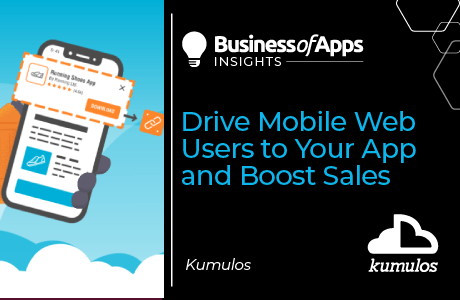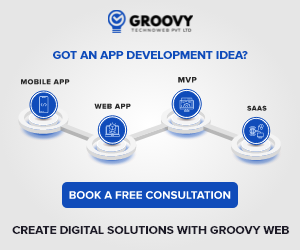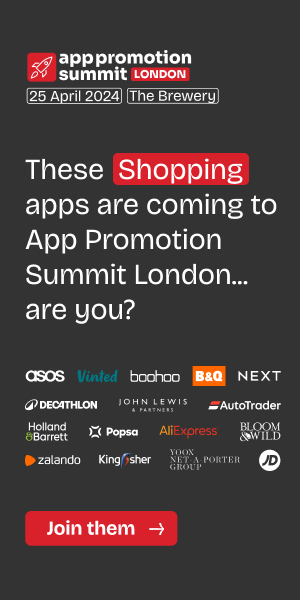Increasing competition, declining customer confidence – finding a new audience in 2021 is more challenging than ever. During the next 5-10 years, the most successful companies will be heavily focused on customer loyalty and retention rather than seeking out new audiences, paving their way to sustainability, profitability and long-term success.
Why user engagement is important
App success is something we need to plan for. The average uninstall rate for an app stands at 28% after just 30 days, and one out of every 4 apps is used just once during the first 6 months .
And the others? They’ve all got something that The Uninstalled lack – a robust, long-term mobile user engagement strategy that ensures their existing audience keeps coming back for more:
- Selling to an existing customer has a success rate of between 60-70%, compared with 5-20% success rate of selling to a new customer.
- 44% of businesses say their focus is on acquisition, with just 18% looking at retention.
- Increasing customer retention by just 5% can boost profits by between 25 and 95% (Forbes)
Over two-thirds of enterprises compete on customer experience, and for good reason. Even dedicated brand advocates will ditch their relationship with a brand after a run of less-than-optimum mobile experiences, with nearly ⅓ uninstalling after just one wrong move. Companies with a mindset focused on customer experience enjoy revenues 4-8% higher than those who don’t
How to start measuring mobile user engagement
We’ve all worked with teams that focus on vanity metrics. Measuring and understanding engagement-specific KPIs means you’ll be armed with data-driven insights that will show you what’s working, what’s not, and where it needs to improve. Here are the ones that matter most:
1. Sign-Ups
The users who sign up or register to use your app, sign-ups metrics will tell you how many have committed to using your service
2. Active users
The number of users actually using your app, a healthy app will have a higher number of active users than new users, indicating stickiness and an effective engagement strategy.
3. Conversions
If your app includes actionable features – sign-up; form-submissions; transactions etc – you’ll want to measure the number of users completing these actions
4. Event tracking
From registration to putting an item in a shopping cart, to submitting card details, tracking metrics around events will provide you with insights into how users behave in your app
5. Daily app launches
If your analytics are telling you that your app is at peak use on a Saturday morning, your marketing team can take full advantage by, say, running a giveaway event, offering discounts or pushing ‘refer a friend’ offers.
Download our MMP Buyers Guide
Having a trusted partner for accurate, unbiased, indisputable data and real-time insights is no longer a nice-to-have, it’s a must-have. Download our guide to help choose your next MMP provider.
DOWNLOAD6. Session duration
Measuring session duration provides a baseline for mobile user engagement. You’ll discover whether or not users are actually staying in the app long enough for them to meet your objectives.
7. Session intervals
Once a day? 3 times a week? The more users are in your app, the more engaged they are. If intervals are getting longer it’s an opportunity to improve on anything from your push-notifications to in-app stickiness.
8. Retention rate
Probably the most significant metric you’ll be looking at when it comes to engagement, retention rate data will show you the number of users that return – or continue to use your app – post-install and within a certain number of days.
9. Churn
The average churn rate for an app is around 80% over 90 days – but this does differ greatly across different app types, and is more significant when it’s your most loyal and active users who disappear. Analytics will tell you how frequently users churn, who they are, and provide you with the intel to prevent it happening in the future.
5 Ways to engage your audience like your business depended on it
1. Pre-App prep
The makings of a successful app start way before potential users even get to the download part. That means ensuring your app store listing is written in a way that engages your audience, think:
- Why should users want to download your app?
- What problem are you solving for them?
- What benefits does your app offer?
- What parts does it reach that other apps simply can’t?
- How will you present this – Video? Screenshots?
App Store ranking factors
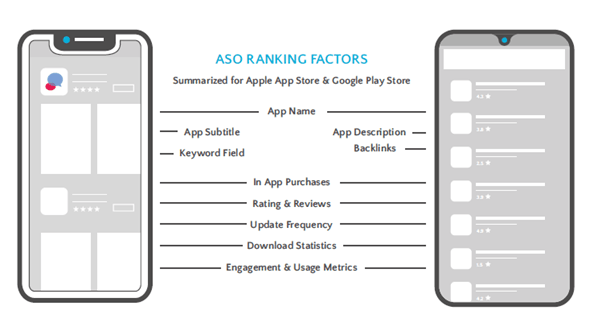
2. Kick-Ass onboarding
The first time your customer meets you, it pays to make it count – a great onboarding process has the potential to increase app engagement by up to 400%:
- Minimize user effort and friction
- Being able to quickly demonstrate your product or service in a way that hooks from the get-go
- Highlight your app’s most significant features
3. Gamification
Present users with challenges that could earn them rewards. Successful gamification can do wonders for engagement figures, boosting them by over 33%!
4. Push!
Executed well, CTRs on push notifications can be as high as 40%. Ask for opt-in, make it personal and make it actionable to achieve those clicks!.
5. Deep linking
Deep linking allows users to link directly to your mobile app from external sources. Being able to link from a webpage to a screen in a mobile app has a number of benefits, not least a seamless CX,
This relatively minor tweak to a mobile app strategy can account for a near 70% jump in conversions.
Flow of deferred deep links for new or existing app users
Conclusion
Businesses that can meet customer needs and deliver an outstanding CX will shine over the coming years. Downloads are just the beginning of an app’s journey, but driving engagement through an exceptional CX is the key element of every successful app. Forging meaningful, valuable connections with users means that you’ll be in a strong position to nurture brand loyalty – and give your app a good chance of success in an increasingly uncertain world.
To find out more, talk to us!



